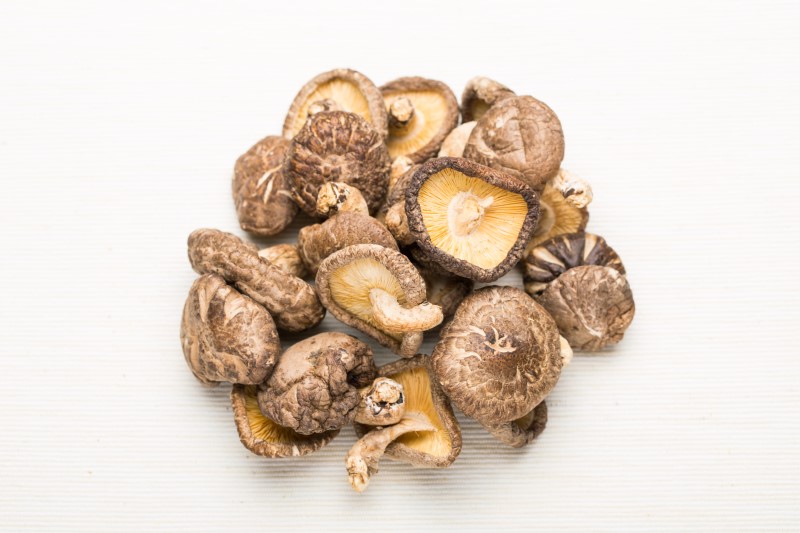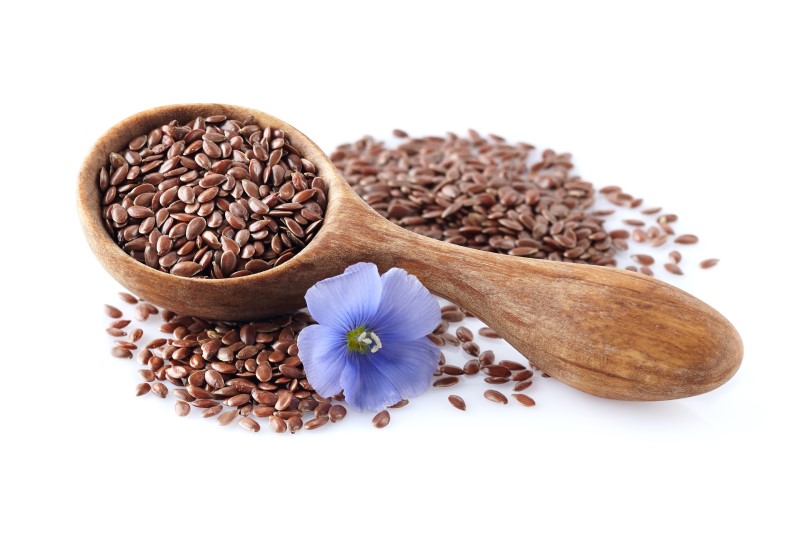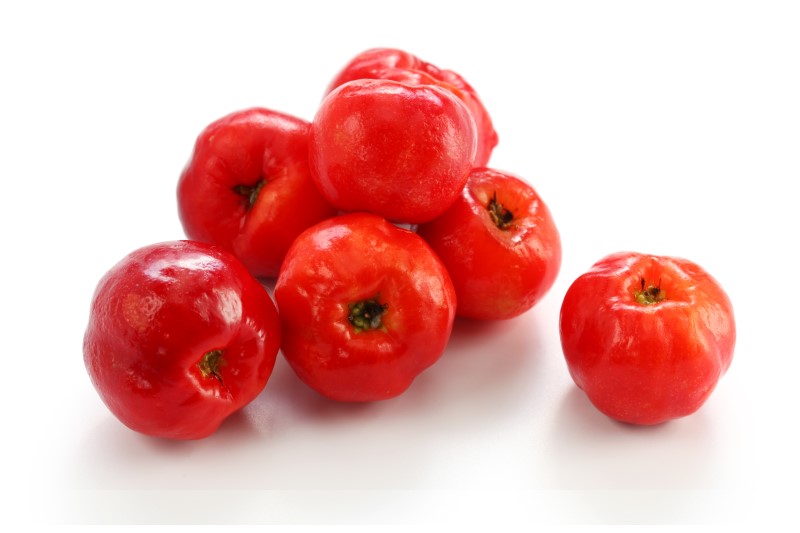Ginger (Zingiber officinale Roscoe) is widely used as a spice throughout the world. It has been a component of herbal medicines for colds, constipation, insomnia, and relief from flatulence, etc. in traditional Thai medicine. In other traditions such as Indian and Chinese medicine, ginger has been used for several disorders such as nausea and arthritis[Read…]
Olive oil is a vegetable oil obtained from olives, the fruits of the olive tree (Oleaeuropaea L.; family Oleaceae). Olive oil is obtained by pressing and crushing whole olives and separating the oil by physical or chemical processes. If olive oil is obtained “solely by mechanical or other physical means under conditions, particularly thermal conditions,[Read…]
The role of vitamin D in Cod Liver Oil Cod liver oil is a traditional source of vitamin D in Iceland as it is in other Nordic countries. A follow-up study of 50–70 year old women from the Norwegian Nord-Trøndelag Health Study found that older women who had taken cod liver oil as children had[Read…]
Lentinula edodes (Berk.) Pegler, also known as shiitake mushroom, is the most popular edible macrofungus, belonging to the Basidiomycota. Shiitake fruiting bodies and mycelium are a source of several nutrients and bioactive compounds with numerous positive health effects, as numerous studies have shown. Shiitake contains about 68-78% of carbohydrates (mono-, di-, tri-, and polysaccharides), exogenous[Read…]
Health Benefits of Flaxseed Flaxseed also called linseed (Linum usitatissimum) belongs to the genus Linum in the family Linaceae. Flaxseed typically yields 35 – 45% oil, containing 9 – 10% of saturated fatty acids (palmitic and stearic), about 20% monounsaturated fatty acids (mainly oleic acid), and more than 70% α-linolenic acid. The protein level of[Read…]
Malpighia fruits (Malpighiae emarginata DC/ Malpighia glabra L.), commonly known as acerola cherry come from a plant originating in Yucantan. It then spread among the Americas till Brazil, and then around the equator. The plant presents interesting and valuable health-promoting properties. Consumers are starting to recognize acerola primarily as a fruit high in vitamin C,[Read…]
Astaxanthin Astaxanthin is a lipid–soluble, reddish–orange pigment that belongs to a group of carotenoids called xanthophylls, which includes β–cryptoxanthin, canthaxanthin, lutein and zeaxanthin [1]. It is obtained from primary sources such as higher plants; microscopic phytoplankton algae Haematococcus pluvialis, Chlorella zofingiensis, Chlorococcum sp.; and some microorganisms, i.e., Xanthophyllomyces dendrorhous (anamorph Phaffia rhodozyma) yeasts and bacteria[Read…]
Bilberry Extract Bilberry contains a variety of phenolic compounds, including flavonols (quercetin, catechins), tannins, ellagitannins, and phenolic acids, but anthocyanins make by far the largest contribution to its phytochemical mix. Red, blue, and purple-colored flowers, fruits, and vegetables contain these naturally occurring phenolic compounds, which are redox-active antioxidants and iron chelators. In comparison to other[Read…]
Lutein: Can Lutein Benefit Your Eye Health? Lutein and its isomer zeaxanthin commonly found in nature, is a lipophilic pigment belonging to the xanthophyll family of dietary carotenoids [1]. Carotenoids can be divided into carotenes, e.g., α-carotene, β-carotene, lycopene, torulene, isorenieratene, and their oxygen derivatives, xanthophylls, containing oxygen in the molecule in the form of[Read…]
Lycopene, also known as psi-carotene, belongs to the family of organic pigments known as carotenoid. Plants and microorganisms both produce carotenoid, a lipid-soluble pigment. More than 700 different chemicals make up the carotenoid, which gives many fruits and vegetables their yellow, orange, and red colors. Approximately 90% of the carotenoids in the diet and human[Read…]










